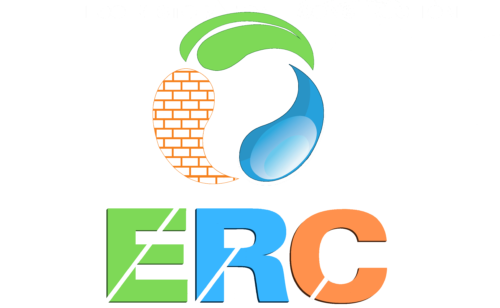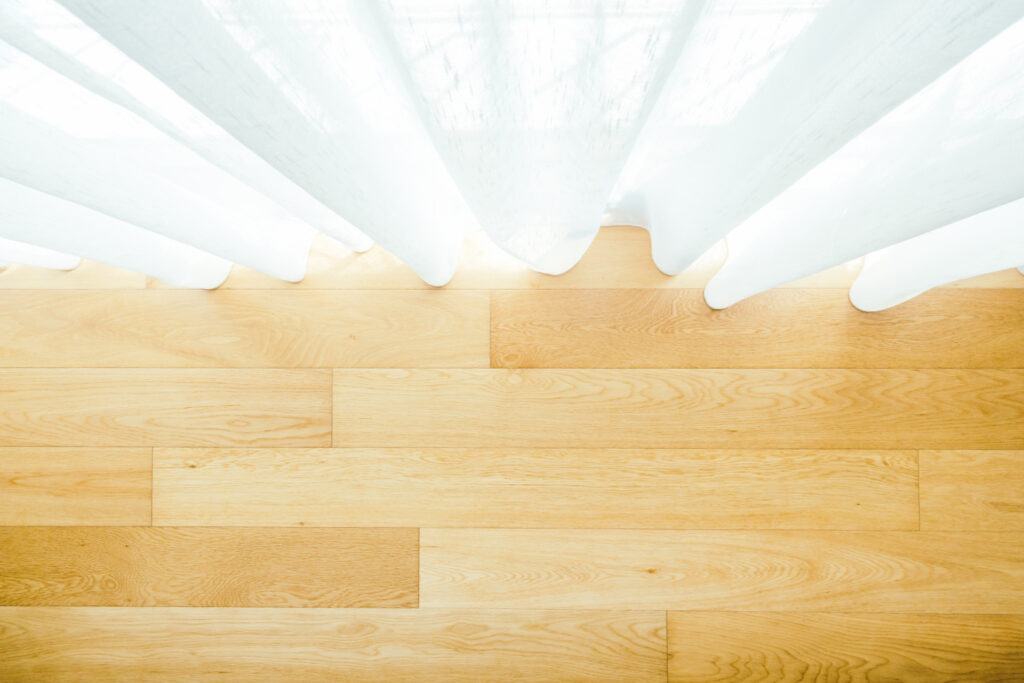A little water may cause a lot of harm to hardwood floors. If moisture is allowed to build up even a little, it won’t take long for your feet to become irreparable.
If a significant flood occurs, your wood flooring should be repaired immediately. You should immediately wipe up any water that may have gotten on your wood floors.
What happens to the wood after water damage?
Particularly vulnerable to water damage is wood. It is a natural material susceptible to decay and mold when exposed to moisture or water. The wood is prone to develop mildew and mold during the first two hours to seven days of being exposed to moisture and water. It would be preferable to address wooden flooring, window sills, and doors immediately because they will begin to warm and swell.
Some problems, including edema, might happen when you discover water damage. However, there are some adverse consequences you won’t notice until days or weeks have passed.
How do I know if my hardwood floor is water damaged?
Water that has been allowed to stand on a wood floor for a while is absorbed by the wood, which causes the wood to grow and warp. Your floor’s wooden planks are warped if you observe that the sides of the planks are higher than the middle, and water damage is almost probably the culprit.
Other warning indications to watch for are as follows:
- Wood planks that have lost their color
- Nails lifting on the floor
- Boards on the floor that are rising
- Mold begins to appear
How long does wood dry after water damage?
It varies, but you may anticipate drying in 5 days or less. Some issues could take just two days or several weeks to resolve. Wood tends to stay wet longer in humid environments.
Using industrial tools, a water damage specialist can hasten the drying process and reduce long-term damage.
How to repair hardwood floor water damage

Clear the affected area
The only way to successfully deal with a damp wood floor is to remove all the furniture and rugs. Set them outside in the sun to dry if they are also wet. Of course, if the flooding results from persistent rain, place the belongings in a dry space with sturdy flooring, like a garage.
Vacuum the excess water
Use a wet/dry vacuum, a specialist model available at home improvement stores and auto parts merchants, and is neither a typical household vacuum nor a steam-cleaning vacuum to remove as much of the visible water as you can from the floor. While a wet/dry vacuum will remove standing water, keep going even after the bottom seems dry. Continue vacuuming the surface to eliminate any remaining water trapped in the wood’s unseen pores, leading to further water damage.
Scrub the surface
You must scrub the surface of the hardwood floor with a non-sudsy disinfectant after removing all excess water to ensure there isn’t any dirt or debris left behind that could cause those invisible pores to retain moisture. Use the wet/dry vacuum once more to remove any last traces of water after a thorough cleaning.
Dehumidify the affected area for a full day
You’ll need to turn up a dehumidifier to full power in the middle of the room and leave it running for at least 24 hours because moisture can still linger deep within the water-damaged wood. Some home improvement stores offer equipment for rent if you don’t already own a dehumidifier of professional quality.
Set fans on full blast
Set up several sizable fans in the room and turn them on full blast while the dehumidifier runs; airflow will make it operate more effectively. Run the air conditioning, and direct the fans toward the floor if you have it. Open the windows in the space since the extra moisture needs a place to go.
Check for mold and mildew
Most materials with a moisture content of 16% or more can support mold growth in as little as 48-72 hours. Since the moisture content of wood floors varies from 6-12%, it doesn’t take much “lost” moisture to cause significant harm. Mildew can nonetheless harm wood from the inside out, even if it poses less health danger than mold. Scrub the entire floor right away if you notice any suspicious stains. A straightforward solution of baking soda and water can be used for this.
Call a Professional
It takes a lot of time and works to remove all the water and moisture on your own. Furthermore, considering the expense of all the equipment you’ll need to buy or rent, doing it yourself isn’t even economical. When you notice the flooding, contact a water damage restoration professional. Professional floor drying costs significantly less than replacing wood flooring and guarantees the process is done correctly.
Frequently asked questions
How much water will damage hardwood floors?
Hardwood flooring typically has a moisture level between 6 and 12 percent, considered acceptable or normal. Even the moisture level of flooded wood flooring is frequently up to 40%, which indicates significant damage.
When should I worry about water damage?
Peeling or bubbling paint or wallpaper are early indicators of water damage. They will eventually swell up or warp. To the touch, the walls and ceilings could seem squishy.
Conclusion
One of the most distressing things a homeowner could go through is water damage to their valuables and property. Water damage is even more terrible for individuals with wooden flooring and furnishings.
To prevent future damage, we hope this article has provided you with knowledge about water damage restoration, including how to handle it on your own or, if necessary, how to hire a professional.






